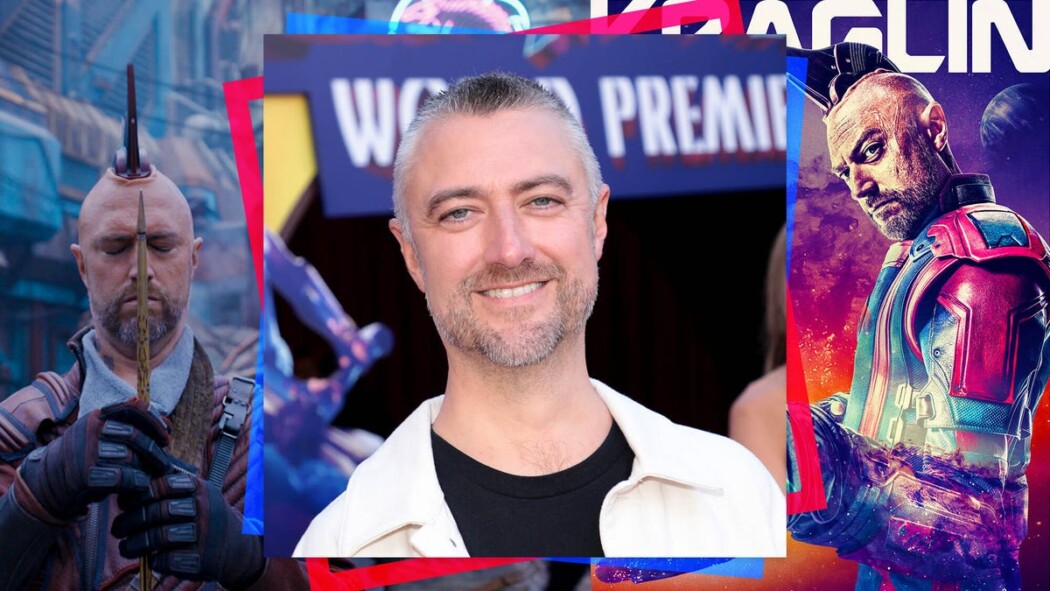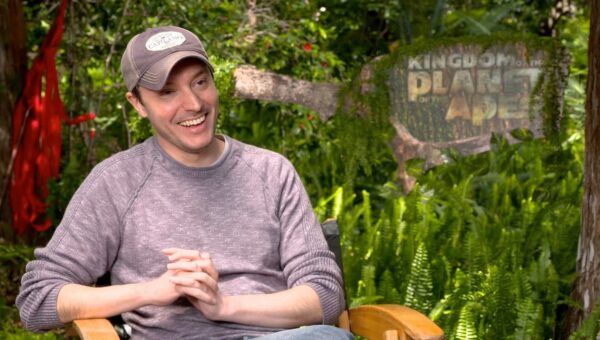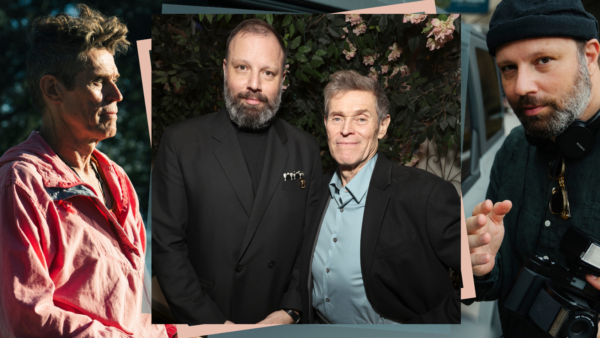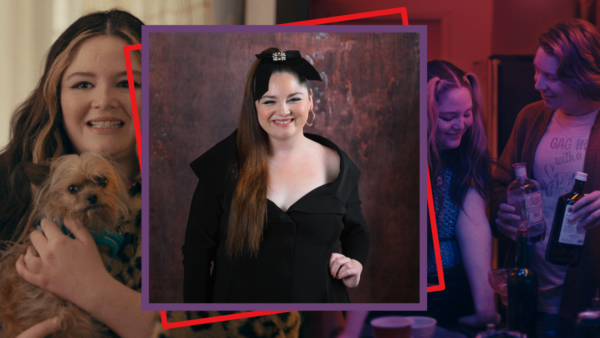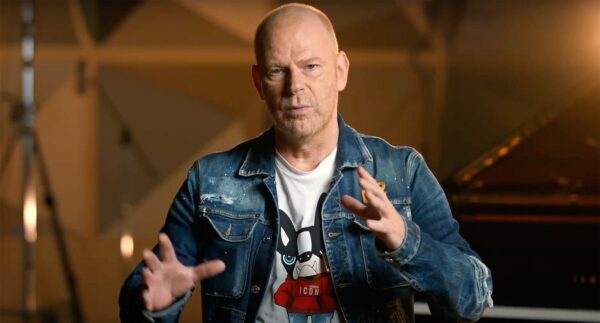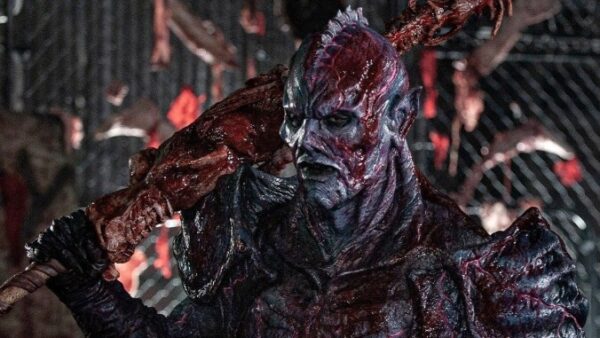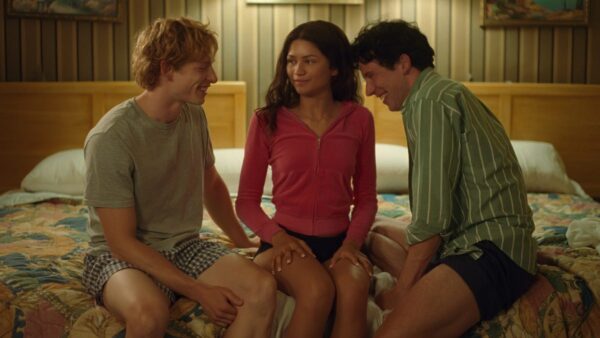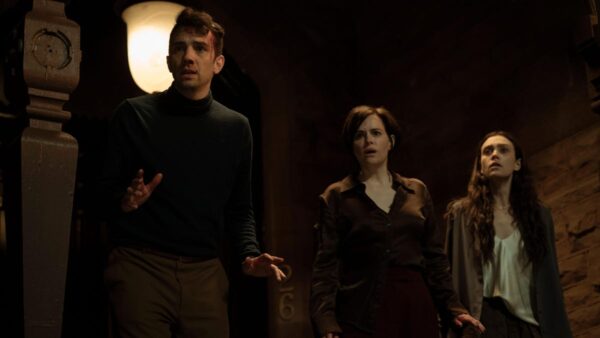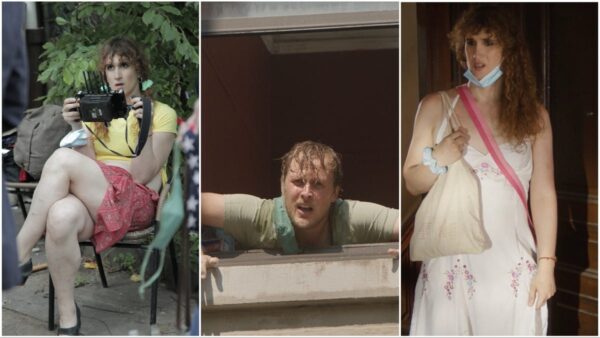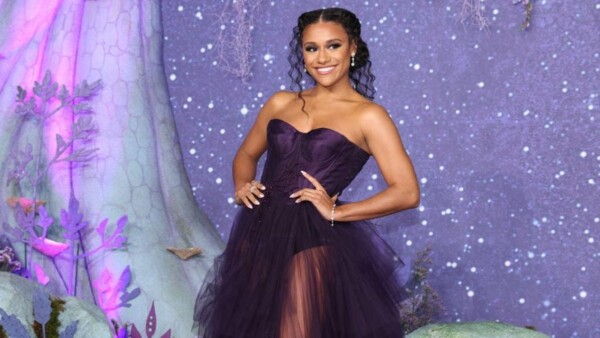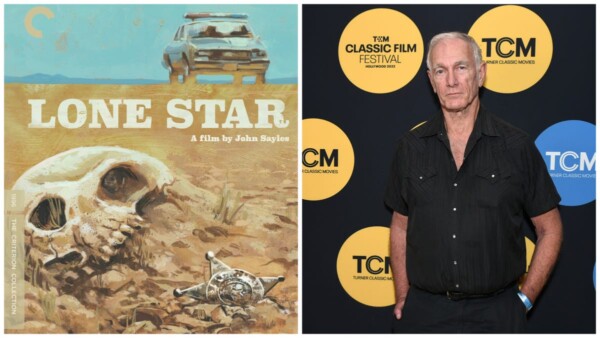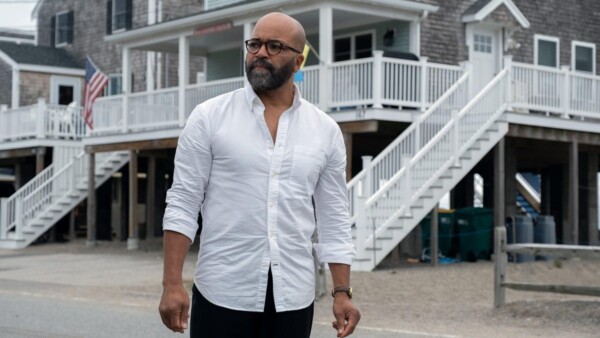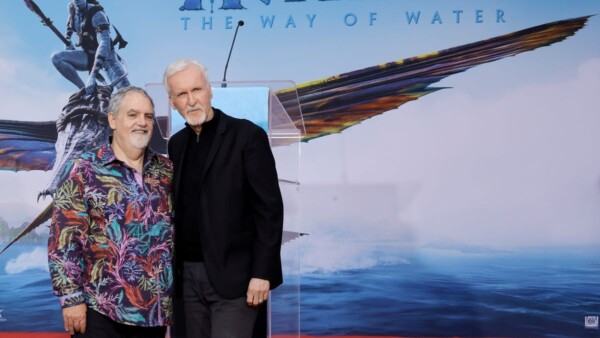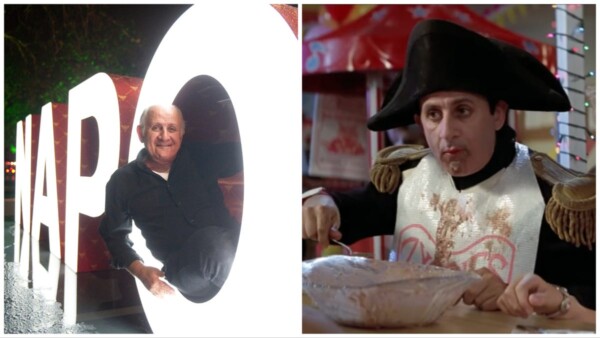When Flashdance hit theaters 40 years ago, on April 15, 1983, it seemed destined to fail. Young director Adrian Lyne had passed on the script twice because he felt it lacked depth, but he ultimately took on the project because needed a second movie under his belt. Jennifer Beals was preparing to start her first year at Yale, figuring she’d missed out on the lead role. On a lark, jazz-influenced musician Michael Sembello co-wrote and performed a pop track with lyrics about a serial killer, partially inspired by the movie Maniac, and when music supervisor Phil Ramone heard the cut he asked Sembello and collaborator Dennis Matkosky to tweak the words for Flashdance. The movie studio and record label releasing the soundtrack had little confidence in the movie; Paramount reportedly sold off 25% of their stake in the film, and Casablanca Records only pressed a modest amount of vinyl, which would lead to an immediate shortage.
Film Flashback: The Thing
When the $7 million movie opened, it grossed $4 million during the first weekend. Then Lyne’s film consistently made bank over six months (it was No. 1 for three weekends straight and bounced around the Top 10 thereafter), eventually grossing $90 million domestically and $201 million globally. The first collaboration between producers Jerry Bruckheimer and the late Don Simpson, Flashdance was the sleeper hit that broke their careers. The film was nominated for four Oscars and won one for Best Music, Original Song for Irene Cara’s title track. The soundtrack, propelled by the hits “Maniac” and “Flashdance … What A Feeling,” eventually went No. 1, won three Grammy Awards, and sold over 6 million copies domestically (and at least as many more globally).
In the movie, 18-year-old welder Alex Owens (Beals) dances at an arty strip club at night and aspires to be a professional ballet dancer, but she fears failing an arts school audition so keeps pushing it off. Meanwhile, her older boss Nick Hurley (Michael Nouri) is trying to romance her but also wants to support her dreams. The film focuses on Alex and her artistic friends as they seek greater things for themselves and to escape the doldrums of their blue-collar life in Pittsburgh. The story was basic, the visuals dazzling, the music infectious, and the message simple: Don’t be afraid to chase your dreams, no matter how daunting they may seem. Flashdance may not be deep, but it hit a nerve; some fans found it life-changing. Its two hit songs remain popular today, and film and TV creators still pay homage to the movie. A Paramount+ series is reportedly in the works. And the film’s new 4K restoration, captured beautifully in a new Ultra-HD Blu-ray release, looks and sounds great. Lyne sat down for a video chat with The A.V. Club to look back on the music-driven film, its tumultuous production, and how it became the little hit that could.
AVC: She was very racy during the lobster scene.
AL: It’s funny, there was only one great line in the script, and I was talked out of leaving it in the movie. I’m still enraged about it now. There was a line where she’s in the posh restaurant. They’re having a meal together before his wife comes in, and she’s looking down at the plate. She’s got lobster with broccoli, and she looks at the broccoli and says, “What are these little trees?” I thought it was just very endearing and a sweet line. Somebody talked me out of leaving it in. I’m still annoyed about it because it made her childlike, not so knowing, and the scene would have been better if I left it in.
AVC: The screenplay was reportedly based on those two dancers up in Toronto. One of them, Maureen Marder, was reportedly a construction worker and welder who danced at night. Did anybody beyond co-screenwriter Tom Hedley get any insight about their experiences?
AL: We went to see them, and it was true. It was quite moving, really. They had real pretensions of being legitimate dancers, and they had their sets that they would bring with them. I tried to do the same thing, for example, with that TV that had a fan in it. There was a light in it as well, so there’s a big shadow on the wall. It’s the sort of thing they could have done. It was sort of low-tech. I remember being impressed with what they were doing.
AVC: How closely did you work with composer Giorgio Moroder on integrating all of his music into the film?
AL: I did work with him. I also worked very closely with [music supervisor] Phil Ramone, who I was very fond of. I thought he was terrific. I remember going in one day and saying to him that I’d heard a track from a German group called Kraftwerk that was quite popular at that time. I said they’ve got a really nice sort of motif in the rhythm section—bing bong, bing bong, bing bong, like a kind of bell. I said, “I think that might be good for ‘Maniac’.” So he put it in. To be honest, we stole the idea from Kraftwerk.
AVC: Every movie has some sort of struggle to overcome. What was the biggest one for Flashdance?
AL: A big one was that [wet] dancing. Oh, there was all sorts of things—“You must stop using the smoke!” Because they [executives] would watch the rushes and they’d see three takes where you couldn’t see anybody because of the smoke. They would think maybe you were gonna use that one. [chuckles] So I continued using the smoke, but I had somebody on the door who would watch for any executives coming. And we used another way of getting the smoke which was like a sort of biscuit thing, which I think was sulfur. It was absolutely lethal, but it was easy to put out.
AVC: Anything else you can think of to tell us?
AL: Two weeks before the movie came out, not being able to get anybody on the phone [at the studio]. Literally, nobody would return my calls. It was almost funny it was so ridiculous. I remember having a showing at a place called The Village, this massive theater in Westwood in L.A. I had a friend, this old lady who was a producer, and she said, “You got a bona fide-y hit, kiddo.” Then I remember hearing Giorgio Moroder speaking to somebody, and he didn’t know I was listening. He said, “Yes, but is it any good?” [laughs] After seeing it with that rapturous applause. He was full of misgivings about the whole thing.
Der obige Text ist eine maschinelle Übersetzung. Quelle: https://www.avclub.com/flashdance-adrian-lyne-interview-40th-anniversary-1850344724?rand=21961




